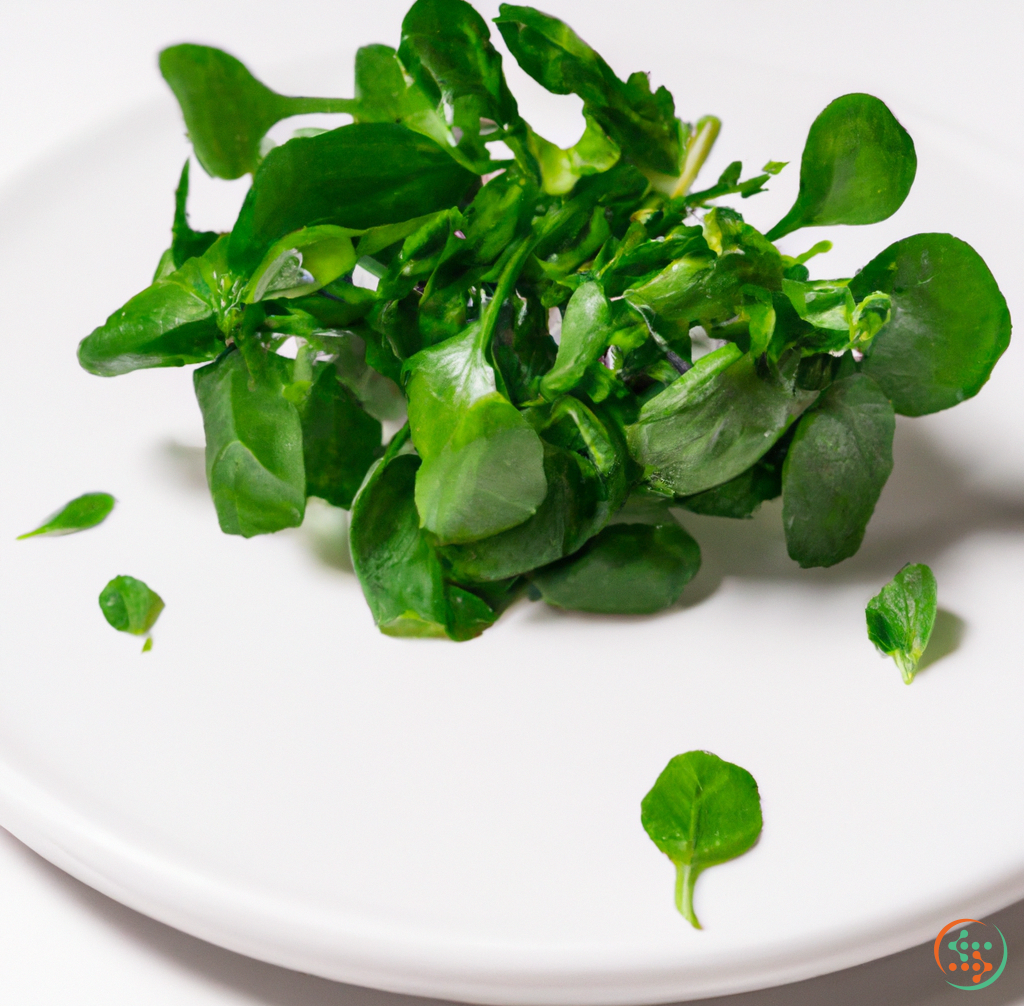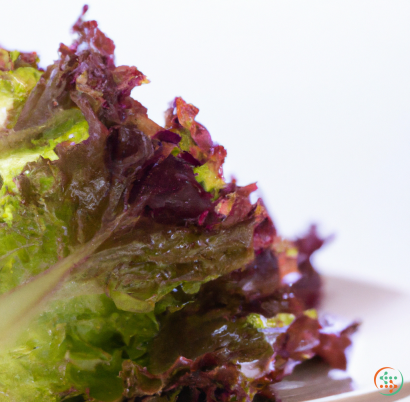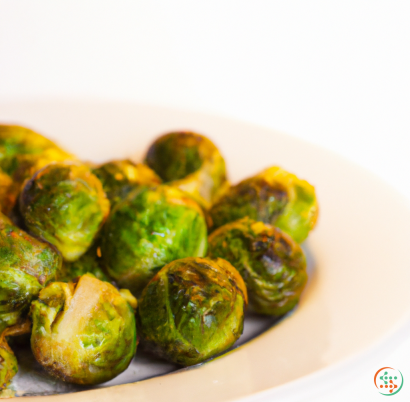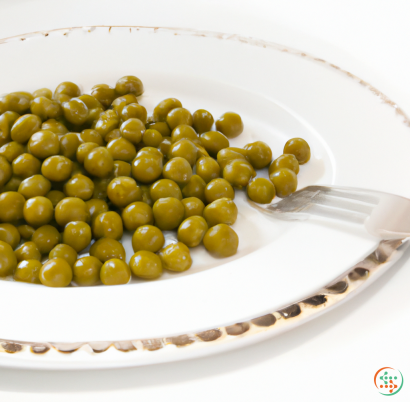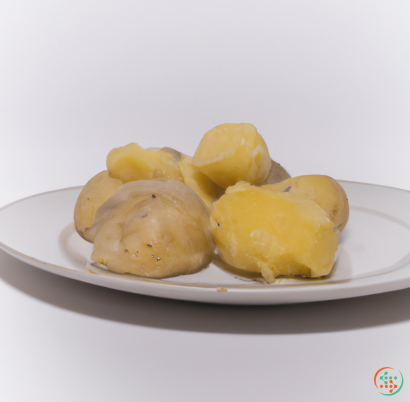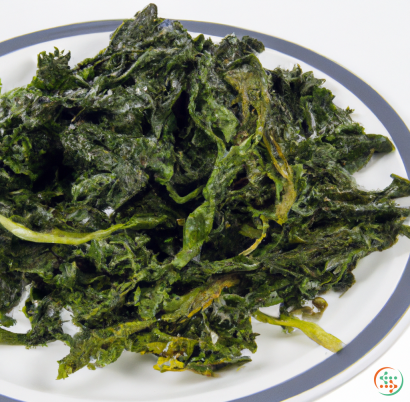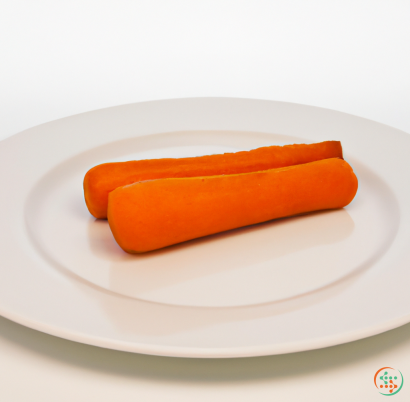Watercress
Watercress – one of nature’s most nutritionally dense powerhouses of healthful goodness – is a member of the robust and ubiquitous Cruciferae family of plants. Also known as cress, watercress is considered a nutrient-rich member of the vegetal kingdom, with a flavor and texture that’s both crunchy and slightly peppery. It’s a nutritional treasure trove of vitamins, minerals and antioxidants, and has been used around the world for centuries in the culinary, medicinal and beauty secto.
Watercress (Nasturtium officinale) is a cool-season, semi-aquatic plant that grows abundantly in bodies of clean, still water like springs and slow-running streams. The deep green leaves of watercress look like miniature versions of the larger leaves of its relatives such as cabbage, mustard and kale. Watercress is sometimes referred to as “Hercules’ Weed” in honor of the ancient Greek myth in which Hercules purportedly ate the plant to obtain strength, which may have been an ode to the plant’s fortifying nutrient powers.
Nutritionally, watercress has been found to have anti-inflammatory and detoxifying elements, with high concentrations of important nutrients like vitamin C, vitamin A, folic acid and iron. In fact, it contains more vitamin C than oranges do by weight, as well as plenty of fiber; and it is unbelievably low in calories. Watercress is also known for its antioxidant power, with carotenoids in particular acting as a defense against cellular damage, and numerous other phytonutrients contributing to its ability to heal and protect from disease.
Tasted and enjoyed around the world, watercress is versatile and can be prepared in a number of different ways, from salads to sandwiches, from dips to soups. One of the simplest and most popular ways to enjoy watercress is in a salad. It adds a snap of flavor to green salads, in part due to its peppery pungency. Or, for a more substantial dish, grind watercress into a pesto that can top fish fillets, grilled chicken, or pastas. Since most of its nutritive properties are retained in cooking, watercress works deliciously even when heated.
In traditional natural medicine, watercress has often been used to help alleviate anemia, kidney problems, digestive disturbances, and irritable bowel syndrome, as well as to reduce inflammation, aid digestion, and improve overall immunity. It has also been used to treat cancer, due to its high levels of polyphenols and other anti-cancer compounds.
Eating watercress regularly can be beneficial in many other ways as well, from preserving healthy skin and hair, to aiding in weight loss, to preventing cancer and heart disease. And, since it is readily available throughout most of the year, watercress can be easily found in markets and roadside stands, so it can be enjoyed without having to live near a spring or stream.
In the end, not only is watercress packed with potent nutrients and herbal healing properties, but it’s also a delicious and delightful addition to meals. Its power should not be underestimated – so don’t hesitate to add a few sprigs of this superhero vegetable to your next salad or dish. Enjoy the incredible health benefits of watercress and you will be absolutely amazed.
Watercress is an ancient, leafy green vegetable that has been used in cooking since the late 1800s. It is a member of the Brassicaceae (or Cruciferae) family and is related to cabbage and other cruciferous vegetables such as kale, broccoli, and cauliflower. Widely recognized for its delightful, nutty flavor and crunchy texture, watercress is a versatile ingredient that adds richness, color, and nutrition to any dish.
Watercress germinates in cool, serene conditions of moist soil, partial shade, and adequate irrigation. To produce the most flavorful greens, watercress must be harvested at its peak; when the leaves are still small, delicately flavored, and tender. For commercial production, watercress is typically grown in beds or trenches that have been filled with soil and irrigated using a watering can, or through a drip or sprinkler irrigation system. The beds of watercress are kept consistently moist, shaded, and cool. However, many home gardeners opt to grow it via hydroponics, which is simply a method of growing plants without soil, often with nutrient-rich water running continuously instead.
Regardless of how it is grown, the edible merchandise of watercress cultivation is generally a thick mat of small green leaves that are either flat or crinkled. As the temperatures progress in spring, the watercress foliage may develop tiny white flowers and longer, hollow stalks.
Once the watercress is harvested, it's quality-checked to ensure that it meets the necessary standards before being sent to the market or the grocery store. The crisp and slightly peppery watercress greens should be kept very cold and moist, so they are usually sent overnight or double wrapped in insulation containers to preserve freshness. After being sorted, packed, and distributed, the perishable watercress arrives on store shelves quickly and is ready to be sold to customers.
Once purchased, watercress should be stored in the refrigerator in an airtight container. While it’s possible to freeze watercress, the nutrient content and taste can decline swiftly and it’s certainly preferable to enjoy it fresh. Since watercress is a living plant, it’s natural for it to start wilting once it’s cut and exposed to air, so it’s important to use it within a few days.
When presented with a platter of fresh and delicious watercress, many cooks will want to get creative and think outside the “salad” box. Watercress is a great addition to all sorts of recipes, both cooked and raw. To enjoy the delectable flavor and texture of watercress raw, it can be added to salads, sandwiches, and wraps. Plus, it provides a lot of crunch and a bit of bitterness to steamed vegetables or even a fruit smoothie. For cooked preparations, watercress can be whisked into creamy dressings, pureed into soups, and added to stir fries. It pairs extremely well with different proteins such as fish, eggs, and chickpeas, and can even be lightly sautéed and served as a side.
Although watercress doesn’t have the nutritional superstar status of some of its cruciferous cousins, it still offers plenty of vitamins and minerals. In particular, watercress contains a hefty dose of vitamin K, vitamin A, and vitamin C, which are important for proper immune functioning and maintaining healthy bones, tissue, and skin. Watercress also provides a practical dose of manganese, potassium, calcium, and iron, although the concentration of these minerals depends on the soil in which it’s grown. Nevertheless, watercress can be an appropriate part of a healthy diet and it a great option for anyone looking to add some extra greens to their plate.
Overall, watercress can provide an array of health benefits and move meals to the next level with its satisfying nutty flavor and slight crunch. It might have an ancient history, but it can still be enjoyed in all sorts of recipes today. So next time you’re looking to add a little pizzazz to your plate, don’t forget watercress!
| Vitamin A | 0.16 mg | |
| Beta-Carotene | 0.001914 grams | |
| Vitamin E | 0.001 grams | |
| Vitamin K | 0.25 mg | |
| Vitamin C | 0.043 grams | |
| Vitamin B1 | 0.09 mg | |
| Vitamin B2 | 0.12 mg | |
| Vitamin B3 | 0.2 mg | |
| Vitamin B4 | 0.009 grams | |
| Vitamin B5 | 0.31 mg | |
| Vitamin B6 | 0.13 mg | |
| Vitamin B9 | 0.009 mg |
| Calcium | 0.12 grams |
Daily Value 1.3 g
|
| Iron | 0.2 mg |
Daily Value 0.018 g
|
| Magnesium | 0.021 grams |
Daily Value 0.4 g
|
| Phosphorus | 0.06 grams |
Daily Value 1.25 g
|
| Potassium | 0.33 grams |
Daily Value 4.7 g
|
| Sodium | 0.041 grams |
Daily Value 2.3 g
|
| Zinc | 0.11 mg |
Daily Value 0.011 g
|
| Copper | 0.08 mg |
Daily Value 0.9 mg
|
| Manganese | 0.24 mg |
Daily Value 0.0023 g
|
| Selenium | 0.9 ug |
Daily Value 0.055 mg
|
| Tryptophan | 0.03 grams | |
| Threonine | 0.133 grams | |
| Isoleucine | 0.093 grams | |
| Leucine | 0.166 grams | |
| Lysine | 0.134 grams | |
| Methionine | 0.02 grams | |
| Cystine | 0.007 grams | |
| Phenylalanine | 0.114 grams | |
| Tyrosine | 0.063 grams | |
| Valine | 0.137 grams | |
| Arginine | 0.15 grams | |
| Histidine | 0.04 grams | |
| Alanine | 0.137 grams | |
| Aspartic Acid | 0.187 grams | |
| Glutamic Acid | 0.19 grams | |
| Glycine | 0.112 grams | |
| Proline | 0.096 grams | |
| Serine | 0.06 grams |
| Total Sugars | 0.2 grams |
per 100g
|
| Palmitic acid (16:0) | 0.02 grams |
|
| Total Saturated fatty acids: | 0.02 g | |
| Oleic acid (18:1) | 0.01 grams |
|
| Total Monounsaturated fatty acids: | 0.01 g | |
| Linolenic acid (18:3) | 0.02 grams |
|
| Linoleic acid (18:2) | 0.01 grams |
|
| Total Polyunsaturated fatty acids: | 0.03 g | |
